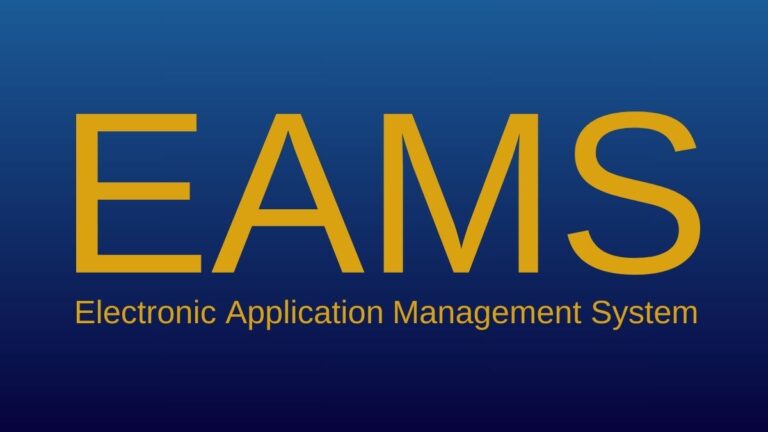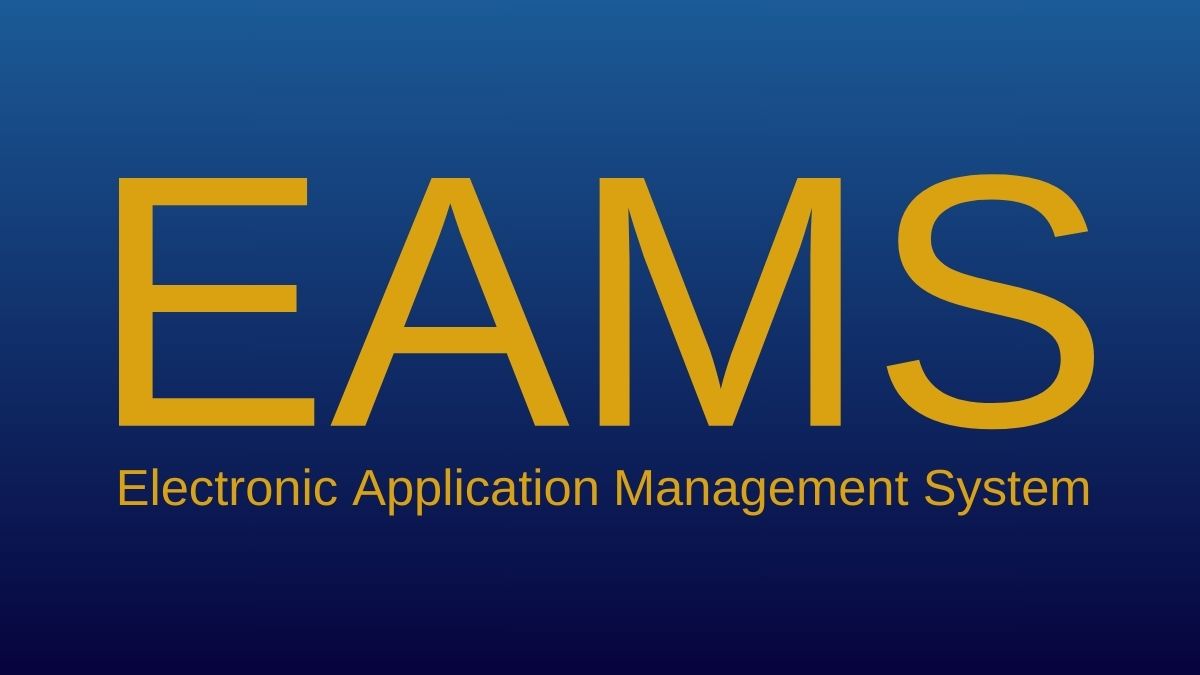Case Search EAMS (Electronic Application Management System) is a digital tool primarily used in the workers’ compensation and legal sectors. It allows attorneys, insurance adjusters, and claims administrators to efficiently search for and retrieve detailed case data related to workers’ compensation claims. In this article, we will explain what Case Search EAMS is, how it works, its benefits, and why it plays a crucial role in workers’ compensation processes.
Overview of EAMS and Case Search
The Electronic Application Management System (EAMS) is an online platform created by the California Division of Workers’ Compensation (DWC). It serves as the official system for managing workers’ compensation claims in California. The “Case Search” feature within EAMS lets users search for case-specific information related to workers’ compensation claims.
Simply put, it provides access to public case information such as status updates, hearing dates, and decisions, which helps streamline the claims process and reduce delays.
Key Features of Case Search EAMS
1. Access to Case Information
Case Search EAMS allows users to search for cases based on various criteria, including:
- Case Number: The unique identifier for each workers’ compensation claim.
- Claimant Name: The individual making the workers’ compensation claim.
- Employer Name: The organization or business involved in the case.
- Date of Injury: The date when the injury occurred or was reported.
- Attorney Information: Details about the legal representatives for either the claimant or the employer.
This ability to search by multiple parameters ensures that users can easily find relevant case details.
2. Real-Time Updates
A key benefit is the system’s real-time update feature. As cases move through the workers’ compensation system, the system reflects these changes instantly. This ensures that insurance companies, legal professionals, and employers all have the most current information at their fingertips.
3. Public Access
Case Search EAMS provides the public with access to certain case details. Injured workers, for example, can track their claim status or learn about upcoming hearings. However, sensitive information—such as medical records—remains restricted to authorized parties only.
4. Case Status Tracking
With Case Search EAMS, users can track each claim’s progress from the filing stage to case resolution. They can see if a case is pending, resolved, or closed, and check on hearing dates or upcoming actions required in the case.
Benefits of Using Case Search EAMS
The introduction of Case Search EAMS has significantly improved the way workers’ compensation cases are handled. Here are some key advantages:
1. Improved Efficiency
Before Case Search EAMS, tracking and managing workers’ compensation claims was a slow and manual process. The shift to an online system allows stakeholders to find information quickly, cutting down on the time spent on case management tasks.
2. Enhanced Transparency
Transparency is critical in workers’ compensation cases. Case Search EAMS ensures that all involved parties—whether employers, workers, or legal professionals—have access to the same up-to-date information. This reduces confusion and promotes fairness by making the entire process more open.
3. Cost Reduction
Case Search EAMS reduces administrative costs by eliminating the need for paper records and in-person meetings. This shift helps insurers and claimants save money, making the system more affordable for everyone.
4. Ease of Access
Designed with simplicity in mind, Case Search EAMS allows users to access information without specialized technical knowledge. The system’s user-friendly interface makes searching, viewing, and downloading case details straightforward.
5. Paperless Process
The digital nature of Case Search EAMS supports a paperless process. By reducing reliance on paper records, the system minimizes the risk of losing documents and ensures better organization of case files.
How Case Search EAMS Works
Case Search EAMS relies on a powerful database to store detailed case information, continuously updated as new filings, hearings, and rulings are added. Here’s a breakdown of how it works:
- Case Filing: A workers’ compensation claim is entered into the EAMS database once filed.
- Case Management: The system keeps track of all developments, including hearings, medical reports, and legal proceedings.
- Case Search: Authorized users can search for cases using parameters such as case number, claimant name, or injury date.
- Real-Time Updates: As the case progresses, the system updates information with new developments, such as decisions or hearing dates.
- Case Resolution: After resolution, the case is marked as closed, but details remain accessible for future reference.
Use Cases of Case Search EAMS
1. For Workers and Claimants
Injured workers can use it to monitor the status of their claims, view hearing dates, and check on any rulings or decisions. This ensures transparency and gives claimants peace of mind about their case progress.
2. For Legal Professionals
Attorneys and legal teams use it to stay updated on multiple cases, track hearings, and access case details quickly. This allows them to prepare thoroughly for hearings and provide accurate legal advice to their clients.
3. For Insurance Companies
Insurance adjusters rely on EAMS to monitor claims, assess settlements, and determine if additional legal action is necessary. The system helps insurance companies make informed decisions based on real-time case data.
Common Challenges with Case Search EAMS
While it offers many benefits, it does present a few challenges:
1. Data Accuracy
While the system is generally accurate, occasional discrepancies in case details may arise. It’s important for all involved parties to verify the information through official channels to avoid confusion.
2. Limited Access to Certain Information
Not all case details are available to the public. Some sensitive information, such as medical records, is restricted to authorized users. This can be frustrating for those who need more detailed information.
Key Statistics
Here’s a quick overview of key features and usage statistics:
Conclusion
Case Search EAMS plays a pivotal role in managing workers’ compensation claims by enhancing efficiency, transparency, and cost-effectiveness. The system provides real-time tracking, a user-friendly interface, and a paperless process, making it indispensable for claimants, attorneys, and insurance companies. Despite a few limitations, such as restricted access to sensitive information, EAMS remains a cornerstone of the workers’ compensation system, driving improvements in case management across California and beyond.
FAQs
- What is Case Search EAMS?
- Case Search EAMS is a digital tool that allows users to track and manage workers’ compensation cases in real time.
- Who can use Case Search EAMS?
- Attorneys, insurance companies, claimants, and legal professionals can all access Case Search EAMS for case-related information.
- Is it free to use?
- Yes, the system is free for public access, but certain sensitive data may be restricted.
- What types of information can be accessed through this?
- Users can access case statuses, hearing dates, decisions, and other relevant details.
- How accurate is the information?
- The system is reliable, though occasional discrepancies may occur. It’s advisable to verify information through official sources.
- How do I search for a case in Case Search EAMS?
- Users can search by case number, claimant name, employer name, or injury date to find specific case details.











